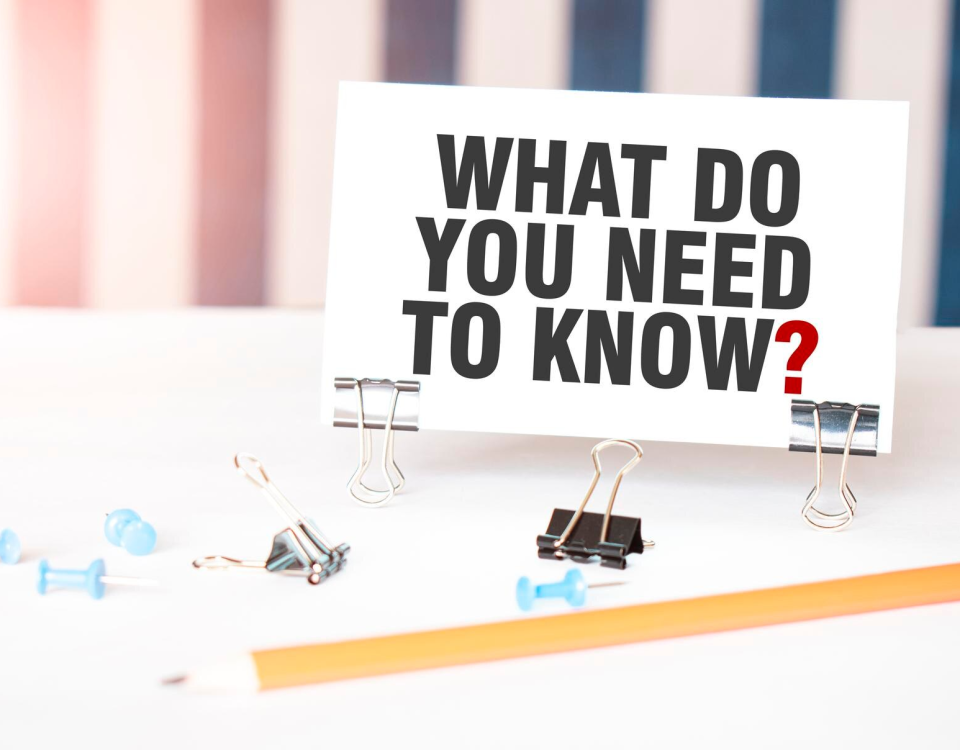Whether you’re unsure what a tax rebate is, you need more information on how to claim a CIS refund, or you just want a rundown of all things CIS taxes, our CIS Rebate FAQs is the perfect place to start!
We know that navigating taxes can often feel like navigating a minefield, so we’re here to make sure you get all the information you need without any unnecessary jargon or fluffy language. If you still have unanswered questions at the end of reading this guide, get in touch with our accountants and they’ll be able to help you get to the bottom of things. Alternatively, you can claim your CIS rebate with us quickly and easily online or by post – with no upfront costs.
What is a CIS Rebate?
A CIS tax rebate is essentially HMRC’s way of refunding you for overpaid tax.
Under the Construction Industry Scheme, contractors are required to deduct tax from payments made to subcontractors. Referred to as CIS deductions, these are meant to cover the subcontractor’s tax liability.
You can find out more about the Construction industry Scheme here.
How do I know if I should claim a CIS Rebate?
Typically, subcontractors who overpay on their CIS deductions are usually employed on intermittent contracts, are paid irregularly, have a wide range of deductible expenses, or have low earnings. One or several of these factors combined could mean you end up paying more in deductions than you actually need to each year.
Knowing whether or not to claim a CIS tax refund will become evident when filling out your self-assessment tax return (SATR). As you’re required to record all of your income for the previous year and calculate tax, you’ll be able to easily see if you’ve overpaid on CIS deductions and, if so, by how much.
Who is eligible for a CIS Rebate?
To get a tax rebate, there’s certain criteria you must meet. Firstly, you have to be registered with HMRC under the Construction Industry Scheme and your CIS deductions have to have been made by a contractor in-line with CIS regulations.
You also need to make sure you don’t owe HMRC money in outstanding taxes as these would be taken off your rebate amount.
The main criteria, however, is that your tax liability for the year is lower than the amount deducted by your contractors.
How does a CIS Rebate work?
Subcontractors registered under CIS are taxed at a rate of 20%, as opposed to those not registered with CIS whose tax deductions rates are set at 30%. At the end of the tax year, you can tally up your total income as well as your total CIS deductions and see if it aligns with your tax liability.
It’s often the case that subcontractors overpay in CIS deductions and are therefore eligible for a refund from HMRC.
How do I claim a CIS Rebate?
It’s super important to keep hold of all relevant paperwork and records of any contracts you undertake through the year. By keeping detailed records of your earnings and the deductions made by your contractor, you’ll be able to see if you have overpaid.
The next step is to submit your self-assessment tax return which you can do through HMRC’s online platform. Your SATR includes a section for CIS refunds, but this can only be filled in correctly once you’ve worked out how much you’re due back. That’s why you need to fill in your SATR with care and record any and all business expenses (e.g. travel, equipment, etc) before calculating your taxes.
Once you’ve filled out your form, you’ll need to attach the relevant documents that support your claim too, such as CIS statements and receipts.
We’d always recommend enlisting a tax specialist when it comes to CIS rebates, as they can help you calculate tax, work out deductions and check over all your paperwork with a trained eye. After all, the last thing you want is for HMRC to raise inquiries about your claim (which they are within their right to do) if you have failed to provide accurate information.
What slows down the CIS Rebate process?
Inaccuracies! Keeping organised and detailed records will help streamline the tax refund process but it’s still crucial to triple check all of your calculations and forms before submitting. Inaccurate info leads HMRC to request additional evidence or paperwork and could cause severe delays in the overall repayment process.
You also need to be aware of the filing deadlines and make sure you don’t file your SATR late!
What do I need for my CIS Rebate claim?
- CIS statements – breakdown of payments and deductions made by your contractors throughout the year
- Proof of identity – a valid ID document, such as a passport or driver’s license
- Invoices and receipts – including those related to expenses
- Payroll records – this is applicable only if you pay others and will need to be included in your CIS refund claim
- PAYE P60 or P45 – this is only required if you’ve been employed
- Personal details including Unique Taxpayer Reference (UTR) number – address, number, company name, etc
How long does it take to complete a CIS Rebate?
With Baa, our accountants work hard to make sure you get the money you are owed back as quickly and efficiently as possible. As long as all the information you give us is correct, you could have your rebate in as little as two weeks from the date of submission. This is, however, dependent on HMRC’s processing timelines which can range from anywhere between 2-8 weeks, depending on circumstances. Either way, it won’t be long before you can enjoy your rebate money!
Breaking down CIS Rebates
Hopefully you feel a little more empowered when it comes to tackling CIS tax rebates head-on! CIS rebates can make a real difference to your overall income so it’s important you claim back for any overpayments in CIS deductions – it’s your hard-earned money after all! By maintaining accurate records, submitting your self-assessments on time, and remaining compliant, you can make sure you get the rebate you’re entitled to without any fuss or stress.
Baa, CIS Rebate specialists
We’re here to help, whatever the query. Whether you want to check your eligibility, get some general advice, or just need CIS refunds explaining in simple terms, get in touch with our Baa accountants. Alternatively, you can order a CIS postal pack or file your tax rebate online. You may also find it useful to check out our quick guide to CIS rebates.










